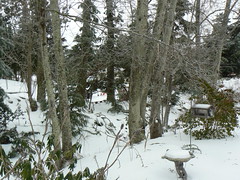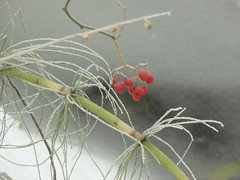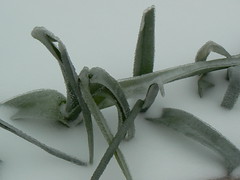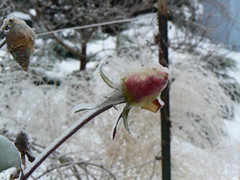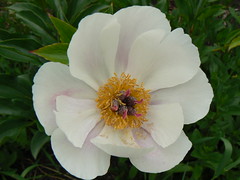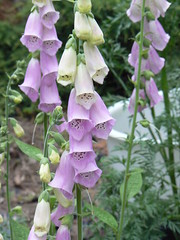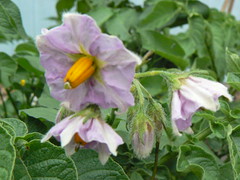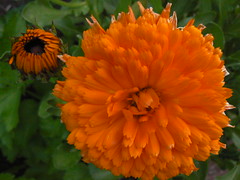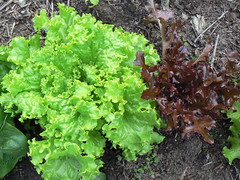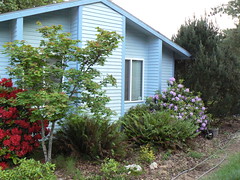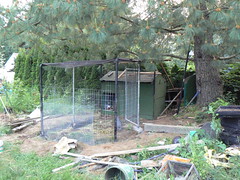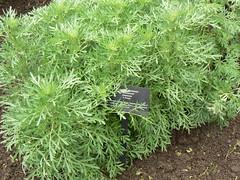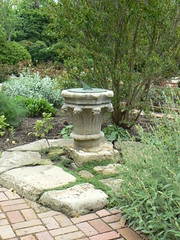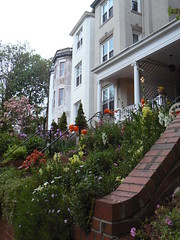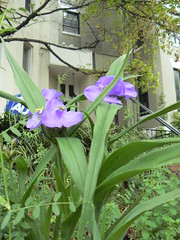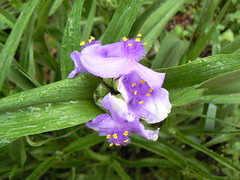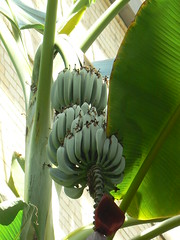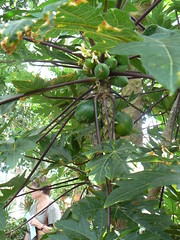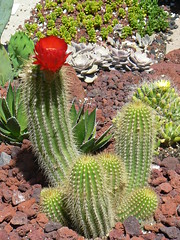 (Thanks to Flickr user way2go for this great image)
(Thanks to Flickr user way2go for this great image)Usually, my only New Year's resolution is to resolve not to make New Year's resolutions. Since I've been stuck inside during the snowy weather much of the last couple of weeks, though, I've been thinking about what I can do now that will make my garden more successful in the 2009 season. I'm trying to avoid those unrealistic lists of "shoulds" that we all make, mentally or otherwise, but then ignore. Instead, I'm making a short but realistic list of things I actually intend to do. Here goes:
- First, and most importantly, I'm going to have my soil tested. My vegetable yields have been subpar for the last two seasons, and I suspect that's because my soil is getting depleted. I found a list of soil testing facilities on the Oregon State University Extension site, and I just contacted one for more information. I hope to submit a sample as soon as the snow melts enough that I can find my soil. I'm pretty sure it's somewhere under all the white stuff.
- I'm not going to grow stuff that I really don't like to eat. Yes, kohlrabi is cool-looking, but no one in my family really likes it. I still have some sitting in the garden from last spring. No more.
- If I start nothing else from seed, I'm going to start basil. Last year was my first year without homegrown basil in I-don't-remember-how-long, and I missed it terribly.
- I'm going to clean up the junk I have lying around in my yard. No matter how pretty the plants look, the first thing I notice when I look outside are the stacks of pots, the old wheelbarrow, and the other stuff I've left out.
There. That's my list. Now that the snow has melted, I can start on items 1 and 4 and item 3 in another couple months. Item 2 requires no work at all - my kind of resolution.
How about y'all, dear readers? What are your gardening resolutions?

